
2023 Seger Grant Report: The Middle Cypriot Hilltop Site at Kalavasos-Laroumena, Cyprus
Dr. Mara T. Horowitz, Director, Kalavasos-Laroumena and Arkhangelos Archaeological Research Project
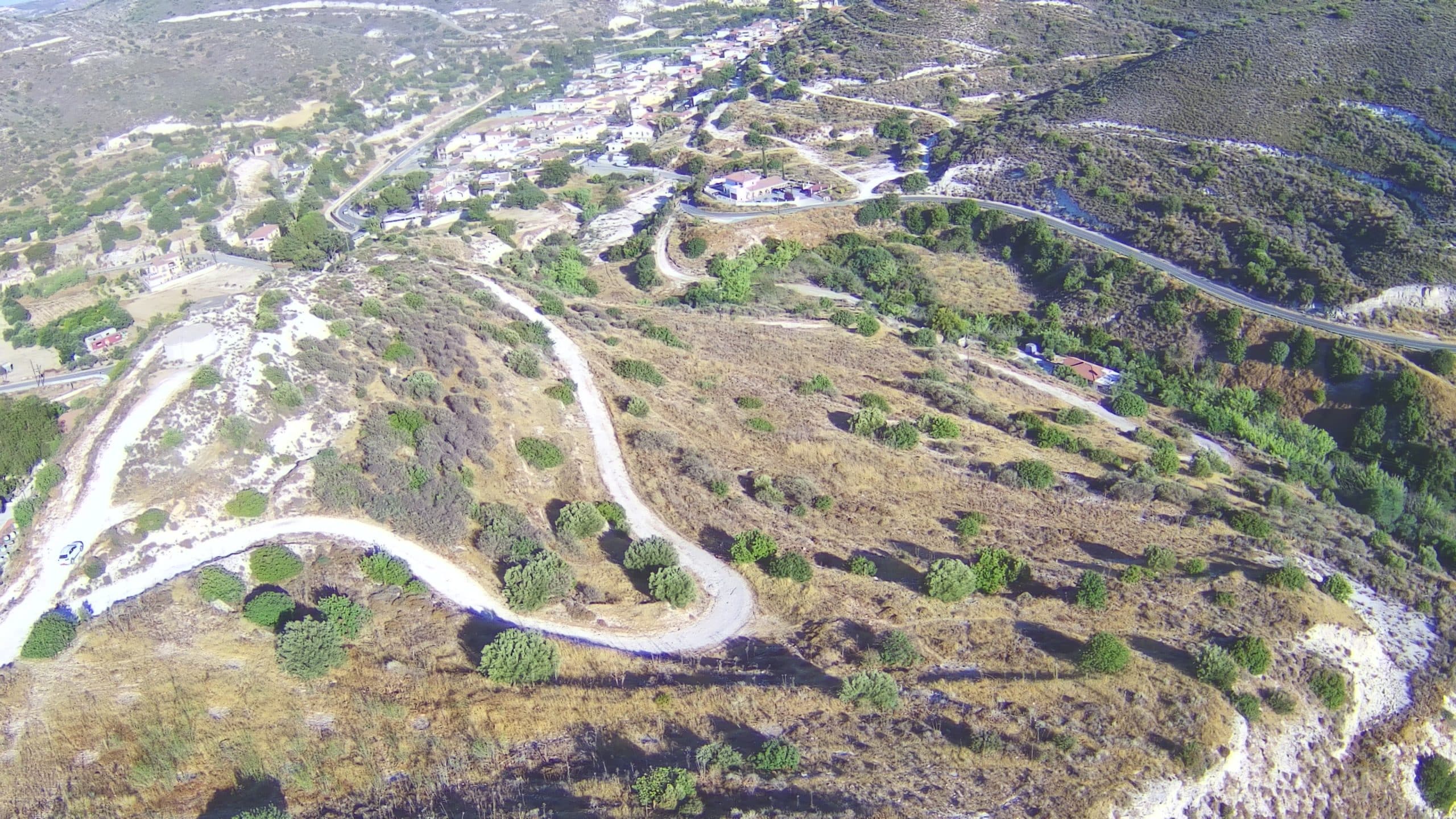
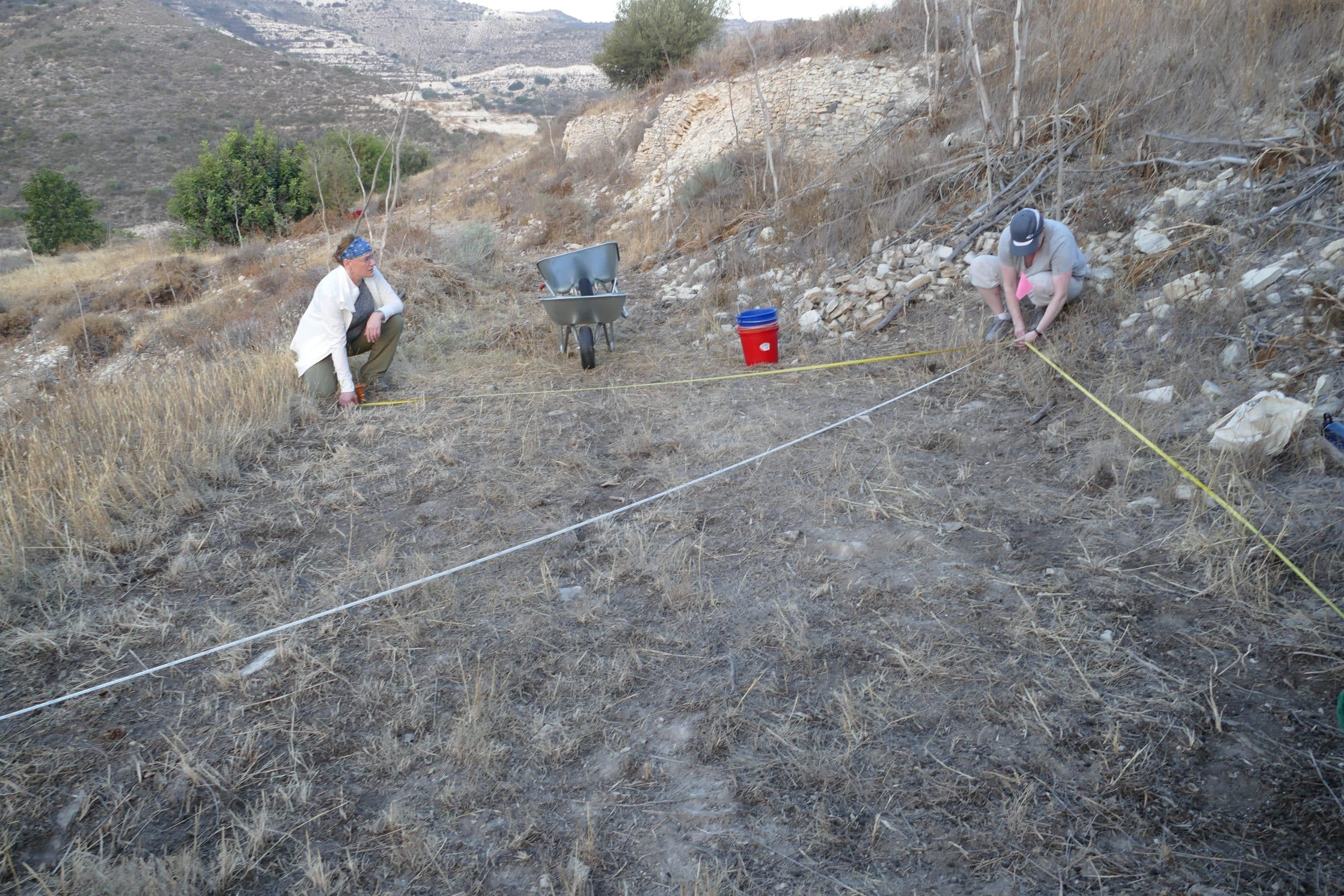
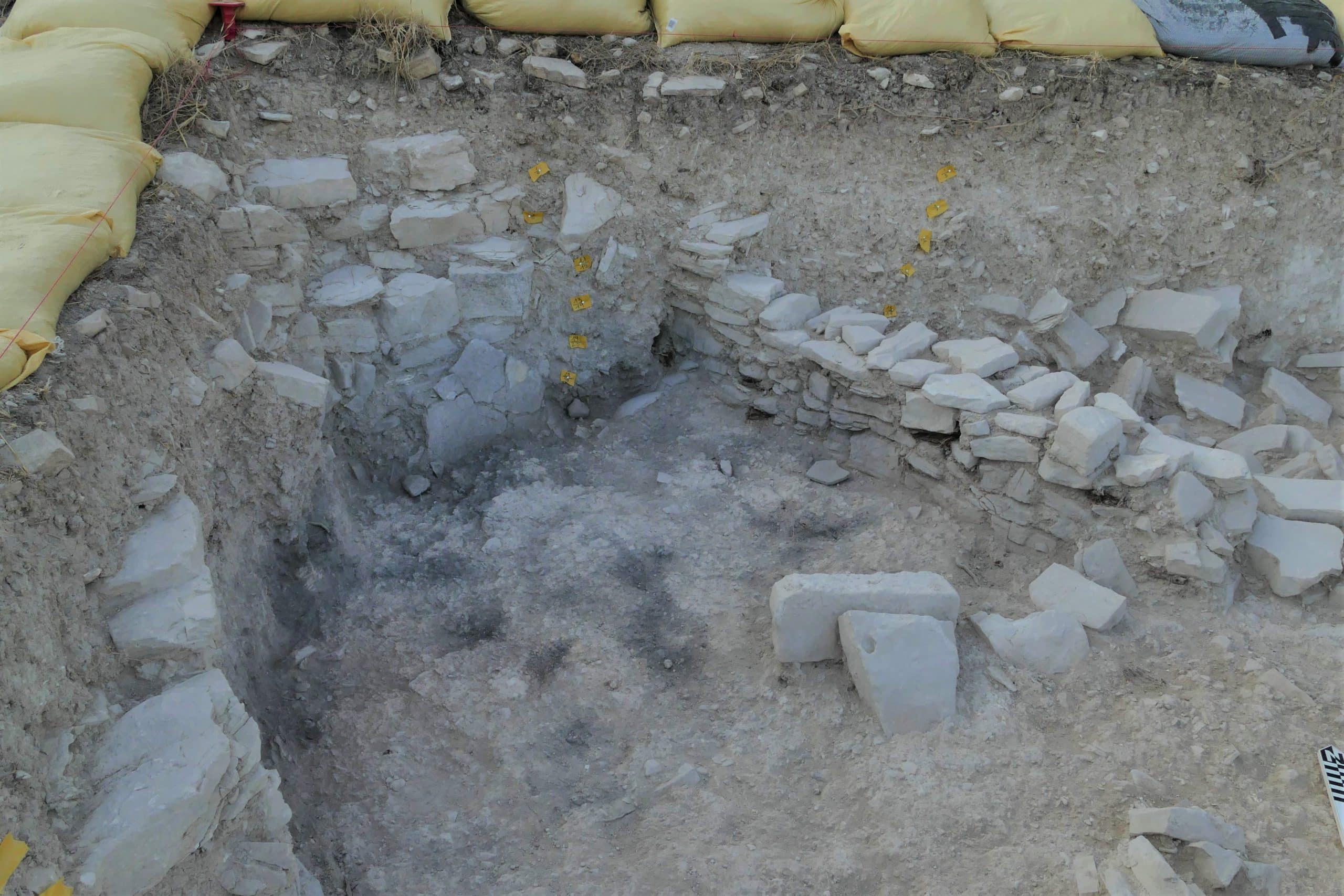
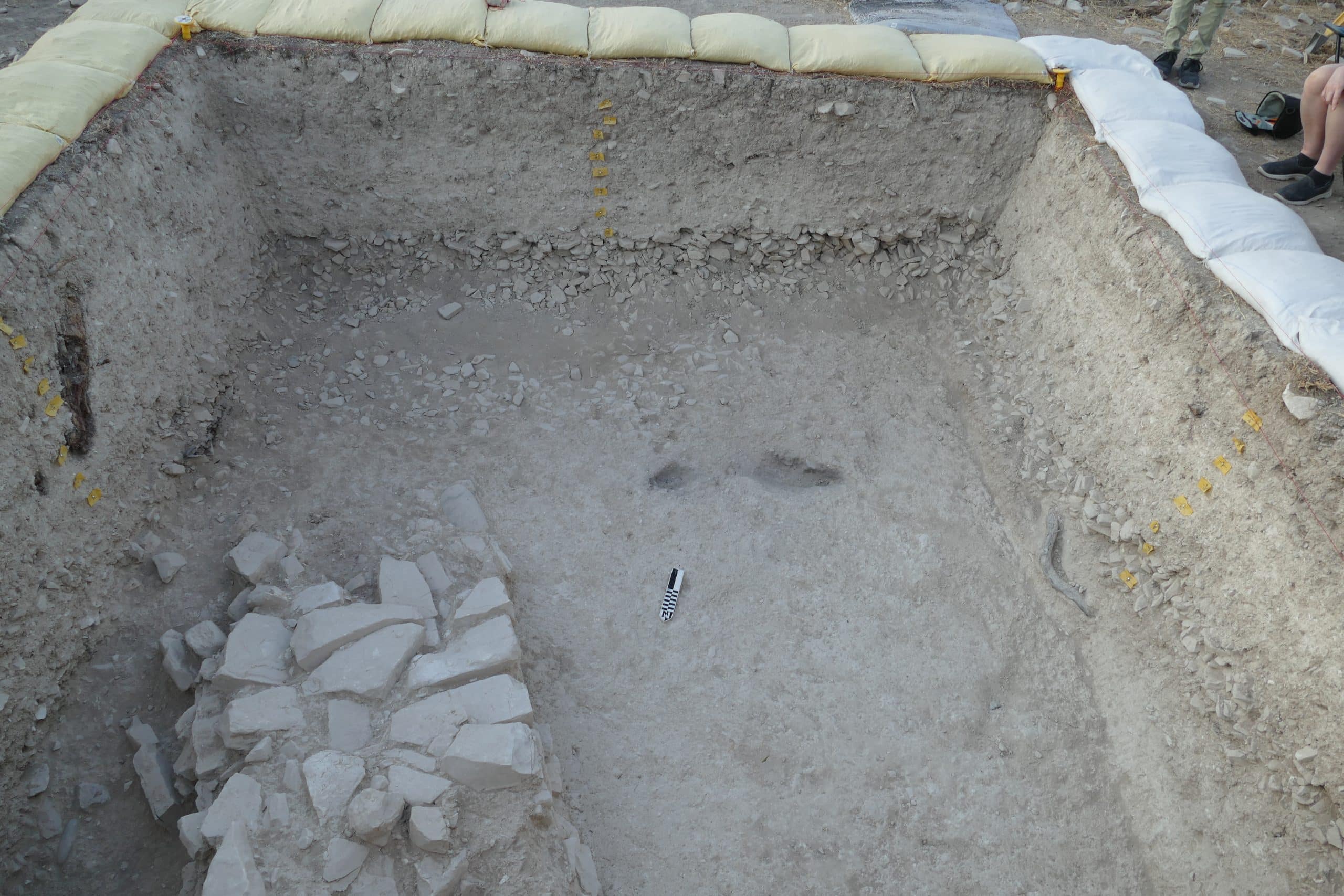
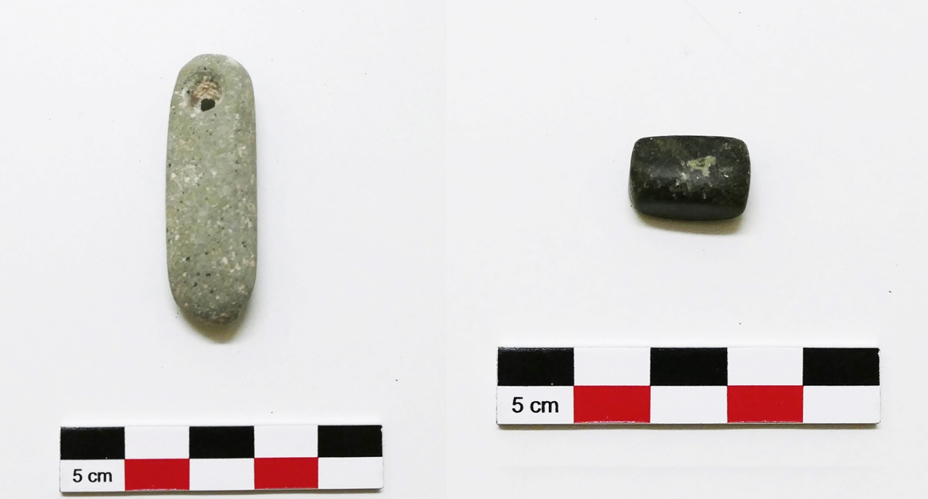

Dr. Mara T. Horowitz, Director, Kalavasos-Laroumena and Arkhangelos Archaeological Research Project




